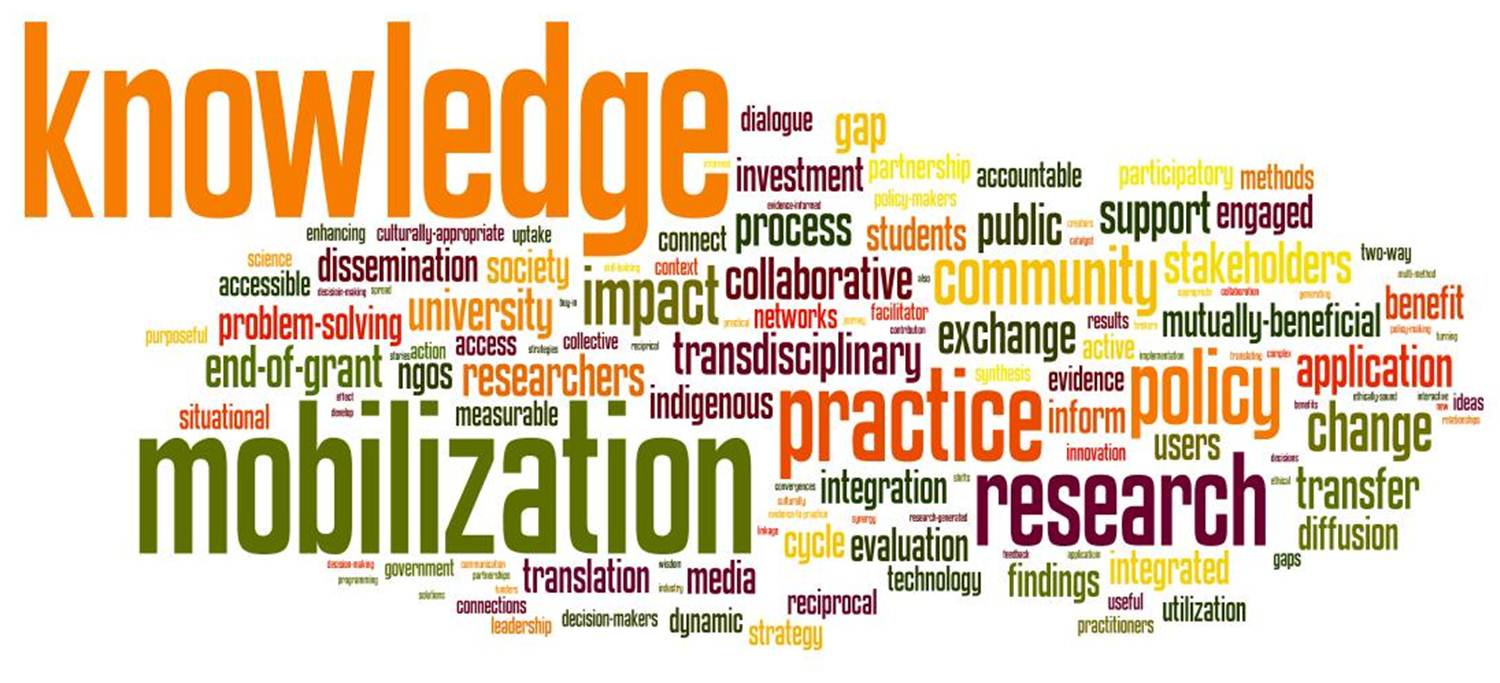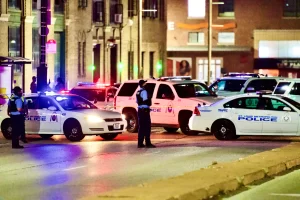Here are the lessons I’ve thought about over the last year that I believe can be helpful to our racial justice movement locally. Do you have any to share?
- The existence of COINTELPRO is a fact. Labeling someone as a police informant may not be fact—even if their behavior is disruptive and counter-productive. We must find ways to identify, isolate and resolve this kind of behavior in our organizations and in our movement. Paranoia and mistrust destroy the cohesive fiber of our movement which is a goal of COINTELPRO.
- There is plenty of injustice in the STL. We need organizing on many fronts. Do not take credit for other’s work or claim their victories. It creates an unnecessary tarnish on you or your group’s integrity.
- The racial justice movement needs many imaginative tactics that advance our strategic goal of challenging racism and transforming the society we live in. We can assess the effectiveness of these tactics in an objective and thoughtful way. Criticism of a tactic should not be a personal putdown. Let your own organizing work speak for you. Finally, understand the difference between strategy and tactics.
- Every tactic you engage in should include one of these (or all) components: political education, base-building among the working class or institution building.




